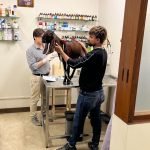Understanding Why Declawing Is Harmful
We don’t support declawing because it is a painful and unnecessary procedure. Many cat owners think it is a simple nail removal, but it is much more. Declawing involves amputating the last bone of each toe. This is equal to cutting off a human fingertip at the last joint. It can cause long-term pain and behavioral issues in cats.
Cats use their claws for many reasons. They scratch to mark their territory, stretch their muscles, and defend themselves. Removing their claws affects their balance and ability to climb. Declawed cats may also develop aggression or anxiety due to the loss of their natural defense.
We don’t support declawing because it forces cats to change their natural behavior. Instead of scratching, they may bite more often. This can create a new problem for pet owners. Declawed cats also struggle to walk properly, leading to joint pain and arthritis.
Better Alternatives to Declawing
If you are worried about your cat scratching furniture, there are humane solutions. Regular nail trimming helps reduce sharp claws. Soft nail caps can also prevent damage while allowing normal movement. Providing scratching posts or boards gives cats a safe place to scratch.
Training is another effective way to manage scratching. Rewarding good behavior and using deterrent sprays can guide your cat. Covering furniture with protective materials can also help. These simple steps ensure a happy and healthy pet.

We don’t support declawing because there are safer ways to protect furniture without harming cats. Teaching them where to scratch is a responsible and loving approach. Cats deserve to keep their claws and express natural behaviors.
The Long-Term Effects of Declawing
Declawing does not only affect a cat’s paws. It can lead to serious medical and emotional issues. Many cats develop chronic pain, making them less active. This can result in weight gain and related health problems.
Declawed cats may also have difficulty using the litter box. The pain in their paws makes them avoid certain surfaces. This often leads to accidents around the house. Some owners mistakenly think their cat is misbehaving when they are actually in pain.
We don’t support declawing because it causes long-term suffering. Many countries have banned this practice due to its cruelty. Cats rely on their claws for many aspects of their daily life. Taking them away is unfair and unnecessary.
The Ethical Responsibility of Pet Owners
Owning a pet comes with responsibility. It is important to understand their needs and provide a safe environment. Declawing is a painful procedure that benefits humans more than cats. Ethical pet care means finding solutions that do not harm animals.
Animal welfare organizations strongly oppose declawing. The American Veterinary Medical Association advises against it unless medically necessary. Many veterinarians refuse to perform this procedure because of its harmful effects.
We don’t support declawing because pets deserve kindness and respect. Choosing humane options protects their well-being. A happy, healthy cat is one that is allowed to be itself.
For more expert advice on cat care, visit this trusted source.




